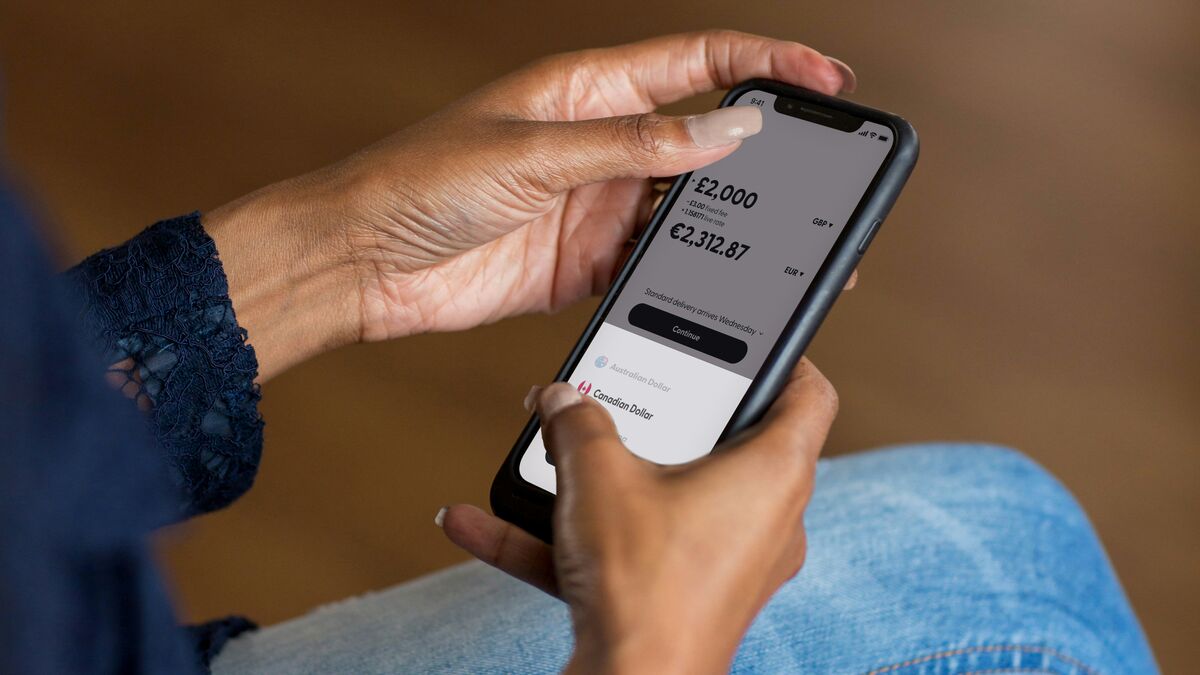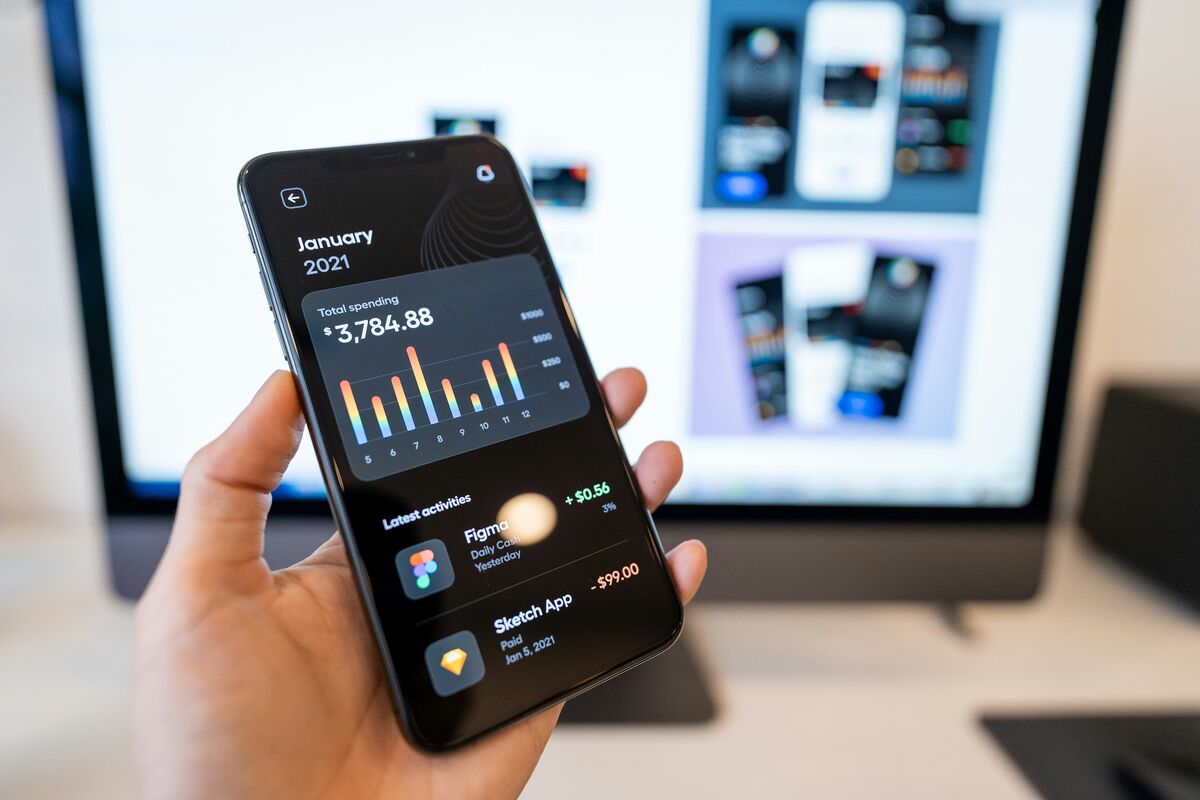Mobile Banking Security: Protecting Your Finances on the Go
Essential security practices for safe mobile banking across Mexico, Chile, and Brazil, including app security and threat prevention.

The Mobile Banking Revolution in Latin America
Mobile banking has transformed financial services across Mexico, Chile, and Brazil, with over 80% of banking customers now using mobile apps for their financial needs. While this convenience has revolutionized how we manage money, it has also introduced new security challenges that require vigilant protection strategies.
This comprehensive guide covers essential mobile banking security practices, threat awareness, and protective measures to keep your finances safe while banking on the go.
Understanding Mobile Banking Threats
Common Mobile Banking Attacks
Malicious Apps and Fake Banking Apps
- Copycat apps designed to steal credentials
- Malware disguised as legitimate banking applications
- Side-loading attacks through unofficial app stores
- Overlay attacks that capture login information
Network-Based Attacks
- Man-in-the-middle attacks on public Wi-Fi
- SSL stripping and certificate spoofing
- DNS hijacking and malicious hotspots
- Packet sniffing on unsecured networks
Device-Specific Vulnerabilities
- SIM swapping and SMS interception
- Malware and spyware installations
- Screen recording and keylogging
- Physical device theft and unauthorized access
Regional Threat Landscape
Mexico: High Fraud Incidence
- 45% increase in mobile banking fraud (2024)
- Common threats: SMS phishing, fake apps
- Target demographics: Small business owners, seniors
- Popular attack vectors: WhatsApp fraud, voice phishing
Chile: Sophisticated Attacks
- Advanced persistent threats targeting banks
- Focus on cryptocurrency integration attacks
- Cross-platform malware campaigns
- Social engineering through social media
Brazil: Scale and Volume
- Highest absolute number of mobile banking users
- Pix payment system targeted attacks
- Banking Trojans specifically designed for Brazilian banks
- Organized crime involvement in mobile fraud
Essential Mobile Banking Security Practices
App Security Fundamentals
Download and Installation Best Practices
- Official Sources Only: Download apps exclusively from Google Play Store or Apple App Store
- Verify Developer: Confirm the app publisher matches your bank’s official name
- Check Ratings and Reviews: Look for consistent positive reviews and high ratings
- Update Regularly: Enable automatic updates for security patches
- Permission Review: Audit app permissions and disable unnecessary access
Authentication and Access Control
- Strong PINs and Passwords: Use unique, complex credentials for banking apps
- Biometric Authentication: Enable fingerprint, face recognition, or voice authentication
- Multi-Factor Authentication: Activate all available MFA options
- Session Management: Set automatic logout timers for inactive sessions
- App Lock Features: Use built-in app locking mechanisms
Device Security Configuration
Operating System Security
- Keep mobile OS updated with latest security patches
- Enable automatic security updates
- Use official firmware only (avoid rooting/jailbreaking)
- Configure screen lock with strong PIN, pattern, or biometric
- Enable remote wipe capabilities for lost devices
Network Security Measures
- Avoid public Wi-Fi for banking transactions
- Use VPN services for additional protection when necessary
- Verify network security certificates
- Disable automatic Wi-Fi connection to unknown networks
- Monitor data usage for unusual activity
Safe Banking Practices
Transaction Security
- Verify Transaction Details: Double-check recipient information and amounts
- Use Official Channels: Access banking through official apps or websites only
- Monitor Account Activity: Enable real-time transaction notifications
- Secure Logout: Always log out completely after banking sessions
- Regular Account Reviews: Check statements and transactions weekly
Communication Security
- Never provide banking credentials via phone, email, or text
- Verify bank communications through official channels
- Be suspicious of urgent security warnings or account closure threats
- Report suspicious communications to your bank immediately
Advanced Security Technologies
Banking App Security Features
Modern Authentication Methods
- Behavioral Biometrics: Analysis of typing patterns and device handling
- Device Fingerprinting: Unique device identification for fraud prevention
- Geolocation Verification: Location-based authentication and fraud detection
- Risk-Based Authentication: Dynamic security based on transaction risk
Transaction Protection Technologies
- End-to-End Encryption: Military-grade encryption for all communications
- Tokenization: Replacing sensitive data with secure tokens
- Real-Time Fraud Detection: AI-powered transaction monitoring
- Secure Element Storage: Hardware-based key storage on mobile devices
Emerging Security Innovations
Artificial Intelligence in Fraud Prevention
- Machine learning models for anomaly detection
- Predictive analytics for fraud risk assessment
- Automated response systems for suspicious activities
- Continuous learning from new threat patterns
Blockchain and Distributed Security
- Immutable transaction logs for audit trails
- Decentralized identity management systems
- Smart contract-based security protocols
- Cross-institutional fraud prevention networks
Country-Specific Security Considerations
Mexico: Banco de México Guidelines
Regulatory Requirements
- Enhanced customer authentication standards
- Mandatory fraud reporting within 24 hours
- Consumer protection measures for digital banking
- Cross-border transaction monitoring protocols
Local Security Initiatives
- National cybersecurity framework for financial services
- Industry-wide threat intelligence sharing
- Consumer education programs on digital fraud
- Collaboration with telecommunications providers
Chile: SBIF Security Standards
Banking Supervision Requirements
- Risk management frameworks for digital banking
- Incident reporting and response protocols
- Consumer rights protection in digital channels
- Cybersecurity audits and assessments
Innovation and Security Balance
- Regulatory sandbox for fintech security testing
- Open banking security standards
- Digital identity verification requirements
- Cross-border payment security protocols
Brazil: Central Bank Digital Security
Comprehensive Regulatory Framework
- Resolution 4,893 on information security
- Mandatory security controls for financial institutions
- Incident response and business continuity requirements
- Consumer protection in digital financial services
PIX Security Measures
- Real-time fraud monitoring for instant payments
- Enhanced authentication for high-value transactions
- Merchant verification and certification programs
- Consumer education and awareness campaigns
Incident Response and Recovery
If Your Device is Compromised
Immediate Actions
- Contact Your Bank: Report suspicious activity immediately
- Change Credentials: Update all banking passwords and PINs
- Monitor Accounts: Check all accounts for unauthorized transactions
- Document Everything: Keep records of suspicious activities
- Secure Other Devices: Check and secure all connected devices
Recovery Steps
- Factory reset compromised devices after backing up essential data
- Reinstall banking apps from official sources
- Review and revoke unnecessary app permissions
- Update security software and run comprehensive scans
- Consider professional security assessment for valuable accounts
Building Long-Term Security Habits
Regular Security Maintenance
- Monthly security reviews of banking apps and settings
- Quarterly password and PIN updates
- Annual security software updates and device health checks
- Ongoing education about new threats and protective measures
Family and Business Security
- Educate family members about mobile banking security
- Implement business-grade security for commercial accounts
- Create security policies for employees handling financial data
- Regular security training and awareness programs
The Future of Mobile Banking Security
Emerging Technologies
Quantum-Resistant Cryptography
- Preparation for post-quantum computing threats
- Implementation of quantum-safe encryption methods
- Migration strategies for existing security infrastructure
Advanced Biometric Authentication
- Continuous authentication throughout banking sessions
- Multi-modal biometric verification systems
- Privacy-preserving biometric matching techniques
Zero Trust Security Models
- Continuous verification of all banking interactions
- Micro-segmentation of financial services
- Dynamic risk assessment and response
Conclusion: Your Mobile Banking Security Strategy
Mobile banking security requires a multi-layered approach combining technology, awareness, and good habits. As threats evolve, staying informed and maintaining robust security practices becomes increasingly important for protecting your financial well-being.
Key takeaways for secure mobile banking:
- Use official banking apps with latest security features
- Maintain strong device and network security
- Stay vigilant about phishing and social engineering attacks
- Report suspicious activities immediately
- Keep security knowledge current with evolving threats
By implementing these comprehensive security measures, you can confidently enjoy the convenience of mobile banking while keeping your finances protected.
Looking for a secure platform to manage your finances across Mexico, Chile, and Brazil? Discover Finthy’s security features and see how we protect your financial data with bank-level security.
Stay updated on the latest mobile banking security threats and protective measures by subscribing to our security newsletter for monthly security insights and best practices.

